
The Solution Sparkles with Butterflies

Contributor
- Topics: Inspired Gardens and Design
Winter 2022
John, Linda, and the Fennel Community
With the familiar weight of the iPad balanced in my left hand, I gestured with my right at the collage of plant images on the screen. We were standing in John and Linda’s front yard on the kind of mild January day that made Linda comment how lucky we are to live in Oregon—luckier than their children who had recently visited during our rare snow event only to return back East to more of the garden-smothering stuff.

Looking across their small front yard, with the warmth of the afternoon sun angling from a clear sky caged by bare limbs, we talked about plants; we talked about screening; we talked about the experience of lingering in a semi-enclosed front garden enjoying the day—a day just like this one but with key improvements to the plantings around us.
What is a screen? It’s a display as well as a boundary that hides what’s behind it. Next door there’s a bit of hodgepodge on view: scraggly plants, children’s playthings, and peeling paint. If you crave organized beauty, a colorful entry, and privacy, if you want your small front yard to embrace your home with intentional layers of planting while screening the chaos, you’ll understand John and Linda’s desire for change. Being human, living our achingly brief lives, they want that screening to fill in sooner than later. That means the evergreen huckleberries (Vaccinium ovatum) and fragrant snowbell (Styrax obassia), so young, freshly out of their nursery pots, will need companions to fill the visual gaps.

Right: Fragrant orienpet (oriental / trumpet hybrid) lilies combines here with tall Alaska shasta daisy to obscure the view beyond. Credit: Leslie Davis
“I don’t really like this one. Can we replace it with something else? Not a grass?” Linda’s feedback about the old, overused Karl Foerster feather reed grass (Calamagrostis acutiflora ‘Karl Foerster’) I’d included in her preliminary design was a relief. I didn’t love it either! It felt too predictable. Karl’s used in parking lots and in landscapes cranked out mindlessly by the big outfits.
And then, a door opened, and I saw the possibility of something better.
It came in a flood of feathery bronze and golden stars. The solution sparkled with butterflies and beneficial insects, with hovering purple and plump cones of orange.
Bronze fennel (Foeniculum vulgare ‘Rubrum’) was the first alternative to arise, a throwback to my days on the biodynamic farm where we’d stud the ends of the row-cropped beds with insectary herbs. I love its dark scrim of foliage. It’s a perfect, reliably upright substitute for feather reed grass—better even.
Some may say, with horror at this suggestion, that fennel is invasive! Fennel is a plant that freely self-sows, yes. It also grows without much water or fuss, feeds countless insects and birds, is edible, medicinal, and it’s readily available from farmers markets, local nurseries, and gardening friends. I say let’s enjoy its virtues! And be smart stewards at the same time. A small urban garden like John and Linda’s is a fine location for fennel. It’s unlikely to escape into an untouched natural area from here, especially if you cut the stalks down before the seeds ripen. This simple horticultural technique eliminates self-seeding, and it also stimulates a second flush of full foliage. The dark screening and licorice scent rise fresh and new from deep taproots.

And then, bubbling to the surface of my mind, came lilies—a tall variety that grows rigidly vertical (I can’t abide floppers), something golden against the bronze smoke of fennel. A quick peek at the Lily Garden website confirms Leichtilin’s lily (Lilium leichtlinii) a winner: gorgeous color, prolific blooms, healthy, and reliable. Even though I haven’t grown this species before, lilies, especially from this Pacific Northwest grower, are always good.
Linda had asked for more flowers—an excellent goal when garden making! So, we’ll weave in some tall verbena (Verbena bonariensis), too. Its thin stems hold purple butterfly landing pads aloft. Imagine how lovely they might look mingling with the flat, yellow umbels of fennel and sparkling their stars around the golden suns of the lily. The verbena alone would not offer much visual screening. Their stems are pencil thin and see through. Combined with the other two, the foliage layers will be a curtain, a shield, a friendly barrier.
All these four-to-five-foot perennial beauties need one more tall-ish companion, a step down in height, to link them to the predominantly low ground-covering plants in the design for this small front yard.
I wanted to build on the smoldering color palette with rich orange, to extend the bloom season through summer, and to feed bees and birds. A lot to ask, I know. But this is how to think like an artist when you’re creating plant communities in your garden. Mix visual goals with functional goals to fill every niche, to maximize biodiversity, and to complement colors.
What did I come up with for a fourth member of this community? A smiling sneezeweed (Helenium ‘Sahin’s Early Flowerer’), plump and floriferous, alight in warm tones through summer, with proud seed heads feeding birds through fall into winter.
Real-Life Inspiration
But wait, you’re wondering, how does the door of possibilities open? Where does this flood of candidates for designing plant communities come from?
It doesn’t come from Google. Start there and you’ll get stuck in analysis paralysis by all the options. You’ll be misled by gorgeous photos from a distant land, thinking you want that.
Start by walking around your neighborhood. If you’re thinking about plants that provide screening, look for yards with barrier plantings. What looks good? What’s thriving? How big is it and how old is it? What’s it growing with? Do the site conditions match your own?
Then, go to local nurseries, to friends’ gardens, and on hikes in nearby natural areas, thinking all the time of that one spot that needs just the right combination of plants.
These local examples will give you the best options for building your own plant community. Sure, learn more about the plants you’ve admired by asking Google. Just don’t start there!

Right: Pacific Wax Myrtle is a more willowy hedge plant compared to the heaviness of the ubiquitous cherry laurel. Credit: Leslie Davis
More screening case studies
Since you’re here reading, not walking outdoors getting inspired by the scenery, let me share a few more examples of mixed plantings used to create screening:
Anne’s streetside mixed hedge has been one of my favorites to pass by over the years—it looks appealing year-round, smells amazing in fall, and effectively hides the front yard sitting area from the gaze of passerby. We repeated a pattern of strawberry bush (Arbutus unedo ‘Compacta’), silverberry (Eleagnus x ebbingei), and smoke bush (Cotinus ‘Royal Purple’). These three were chosen for their drought resistance and compatibility with the street’s reflected heat on this west-facing site. Both strawberry bush and silverberry are evergreen bloomers loved by bees. Silverberry is nitrogen fixing—always a welcome trait in a mixed community of plants. Consider including deciduous species in your barrier planting. The smoke bush here, with its rich purple leaves, adds a unique character that highlights this garden as something different, something special, a place with individuality.
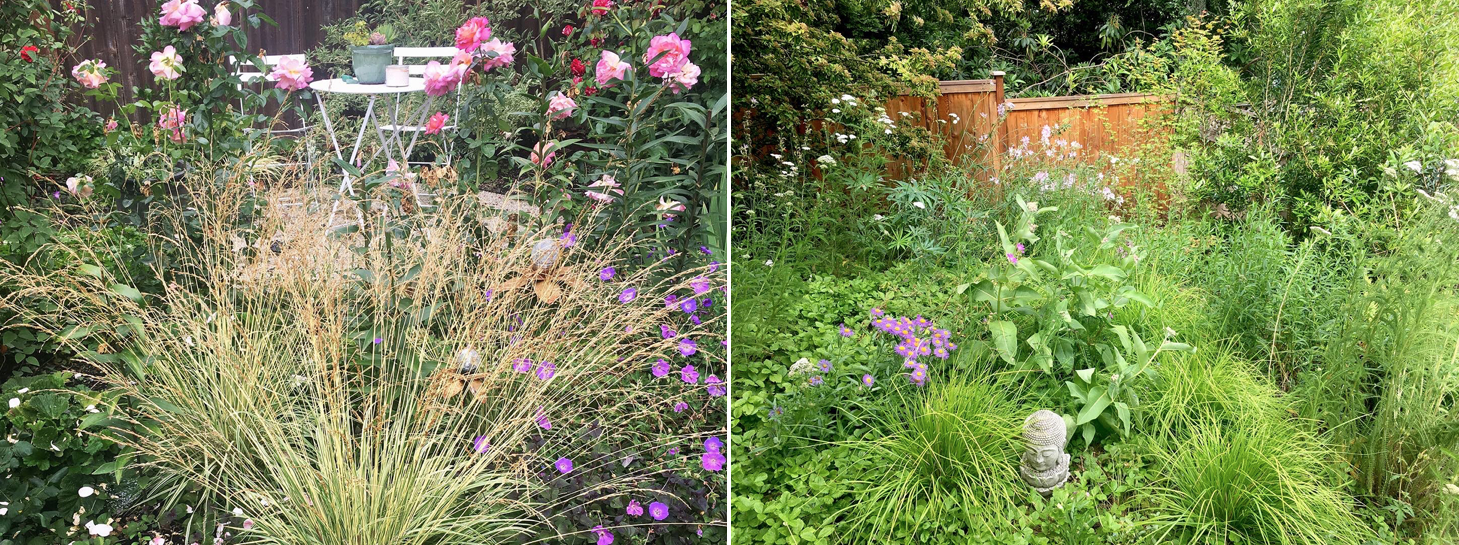
Right: Don and Erica’s native meadow in spring bloom with a backdrop of vine maple and Pacific wax myrtle is lovely. We’ll add a few more shrubs to continue the layers around the fence line this spring. Credit: Leslie Davis
An average backyard has too much fence on view. Screen all that monotony with a diversity of plants. In Katrina’s garden, we layered variegated elderberry (Sambucus nigra ‘Instant Karma’) and Japanese camellias (Camellia japonica ‘Nuccio’s Pearl’) between the rose garden and the fence. The elderberry has established quickly into an upright wall of fresh, patterned leaves. It’s satisfying to trim the side shoots back, so it embraces the seating area and completely obscures the fence in dense variegated greenery. Nearby, the camellias have grown slowly, but add special wonder with February blooms crafted as if by the hand of a master sculptor. Growing as a backdrop to the summerlong bloom season of roses, these two species form the backbone of this garden community.

Right: In this garden’s first spring, the tulips reigned while the camellia and elderberry had yet to obscure the fence. Credit: Leslie Davis
From the newly built deck in Don and Erica’s backyard sanctuary, the long view is awe-inspiring: folds of land fall away to become our town center, then rise back up again greened by the Douglas-fir forests of the distant Coburg Hills. Lower your gaze a notch and you’re faced with a direct view into the downslope neighbor’s frequently used pool area. Here we needed a community of plants to create screening that would grow to the exact height necessary to block the pool party while keeping the majesty of the far vista. We started in the corner with a vine maple (Acer circinatum). A classic Pacific Northwest midstory tree, it connects with the tall redwood trees on the property to create a frame for the view. Then we installed a row of Pacific wax myrtle (Morella californica), which is, honestly, my favorite hedge plant: it’s native, fast growing, willowy of leaf, and great habitat for birds. Pacific wax myrtle has grown into a perfect screen-plus-evergreen backdrop for the native flowering meadow here. Farther down the fence line, we have plans for adding a trellis to the top of the fence and planting the semi-evergreen vine akebia (Akebia quinata). A screening community can include all categories of plants—trees, shrubs, vines, perennials, bulbs, annuals, and even built structures like trellises.

Right: Planting the native meadow with Pacific Wax Myrtle standing watch along the fence line. Credit: Leslie Davis
All these examples of the need for garden screening could have been solved by using one species of plant. You see it done in subdivisions and parking lots. But what richness there is in diversity! More life, more beauty, more character and awe. It’s the plant choices, after all, that transform a yard into a garden.
Instead of relying on one species to create screening, design a community!
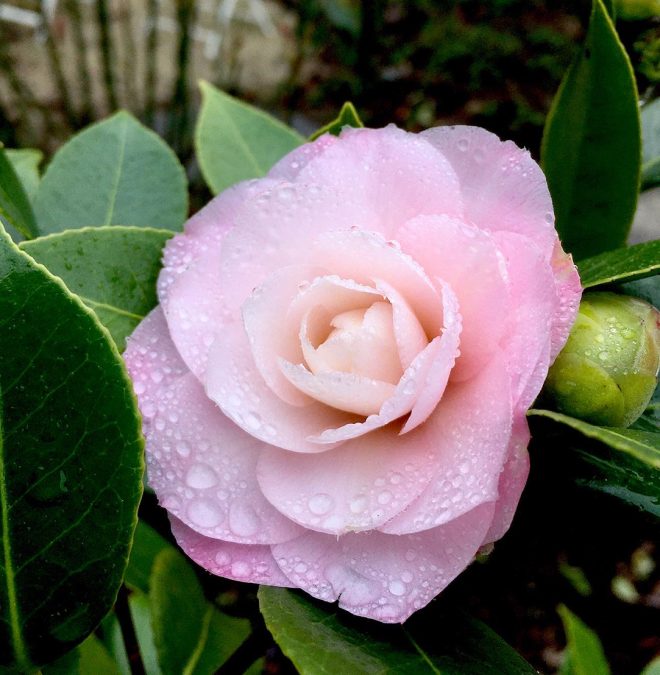
A screen is the thing you look at when you don’t want to look at something else. You stare at your phone screen when you don’t want to address the back of the person’s head in front of you standing in line. You attend to your TV screen when you’re tired and can’t muster the energy to deal with the household chores.
Imagine trading your phone screen time for garden screen time! Step out the door and take a relaxed look at your artfully composed community of plants. It’s irrelevant how many likes, comments, and shares this screen has. What matters is how it soothes your nerves, how it attracts birds and pollinators, how it defines the sacred space of your garden as a place of refuge. A monoculture planting is as engaging as the 404-error screen on your computer. A mixed community of screening plants is the HBO show you binge when you’re procrastinating preparing your taxes, the cat video that softens your heart, the photo memories prepared mysteriously well by your iPhone.
“I’ll never be satisfied to just have it please one’s eyes—it must stir the imagination—or it’s no real garden.” — Alice Brown Powell (Libby 2021).
If it’s a “real garden” you crave, design a community.
Resources
Libby, Valencia. 2021. Northwest Gardens of Lord and Schryver. Corvallis: Oregon State University Press.
Share:
Social Media
Garden Futurist Podcast
Most Popular
Videos
Topics
Related Posts
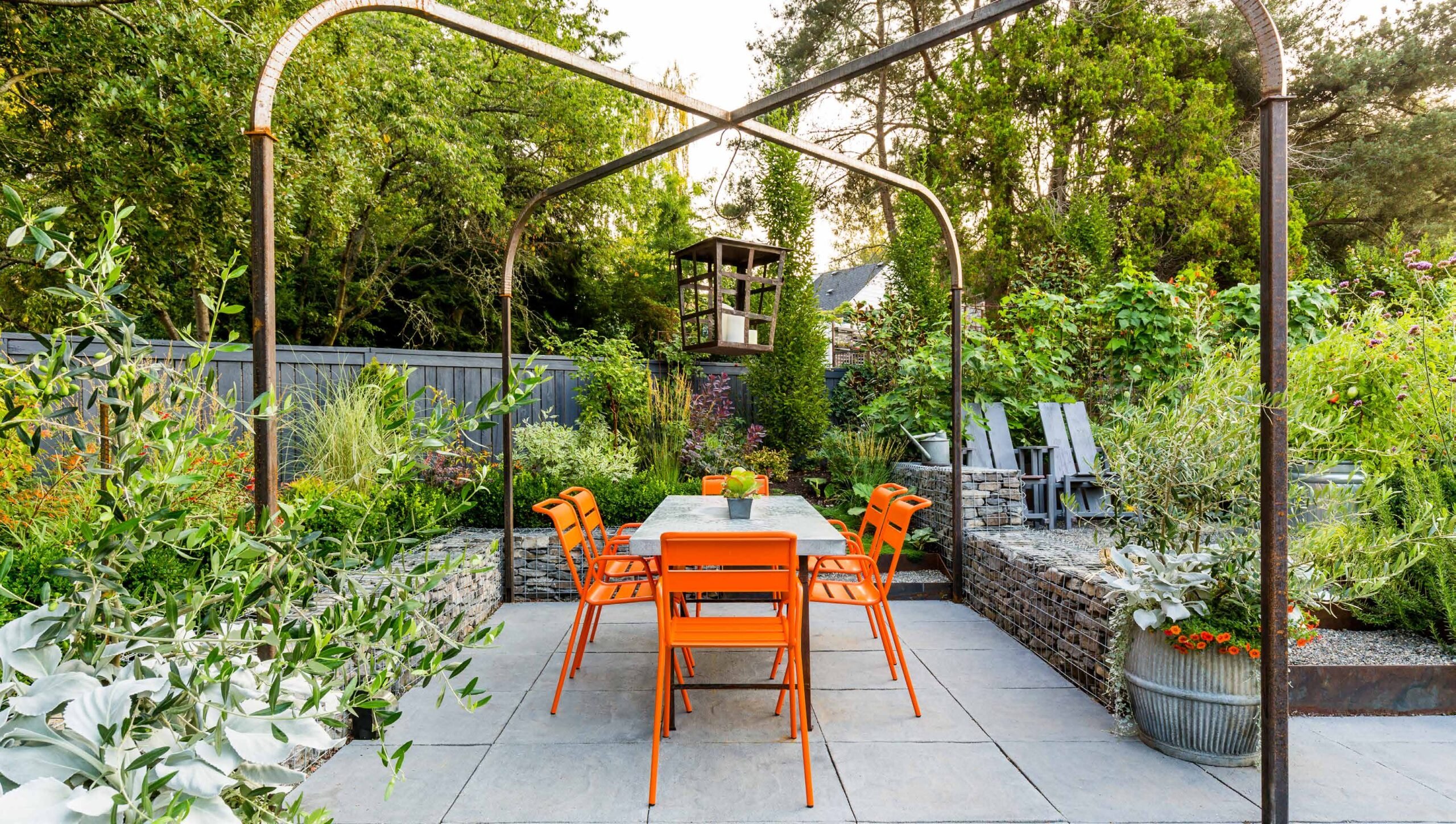
Design Futurist Award Announced: Committee Shares Vision
March 8, 2023 At Pacific Horticulture, we believe that beauty can be defined not only by gorgeous plants and design, but also by how gardens
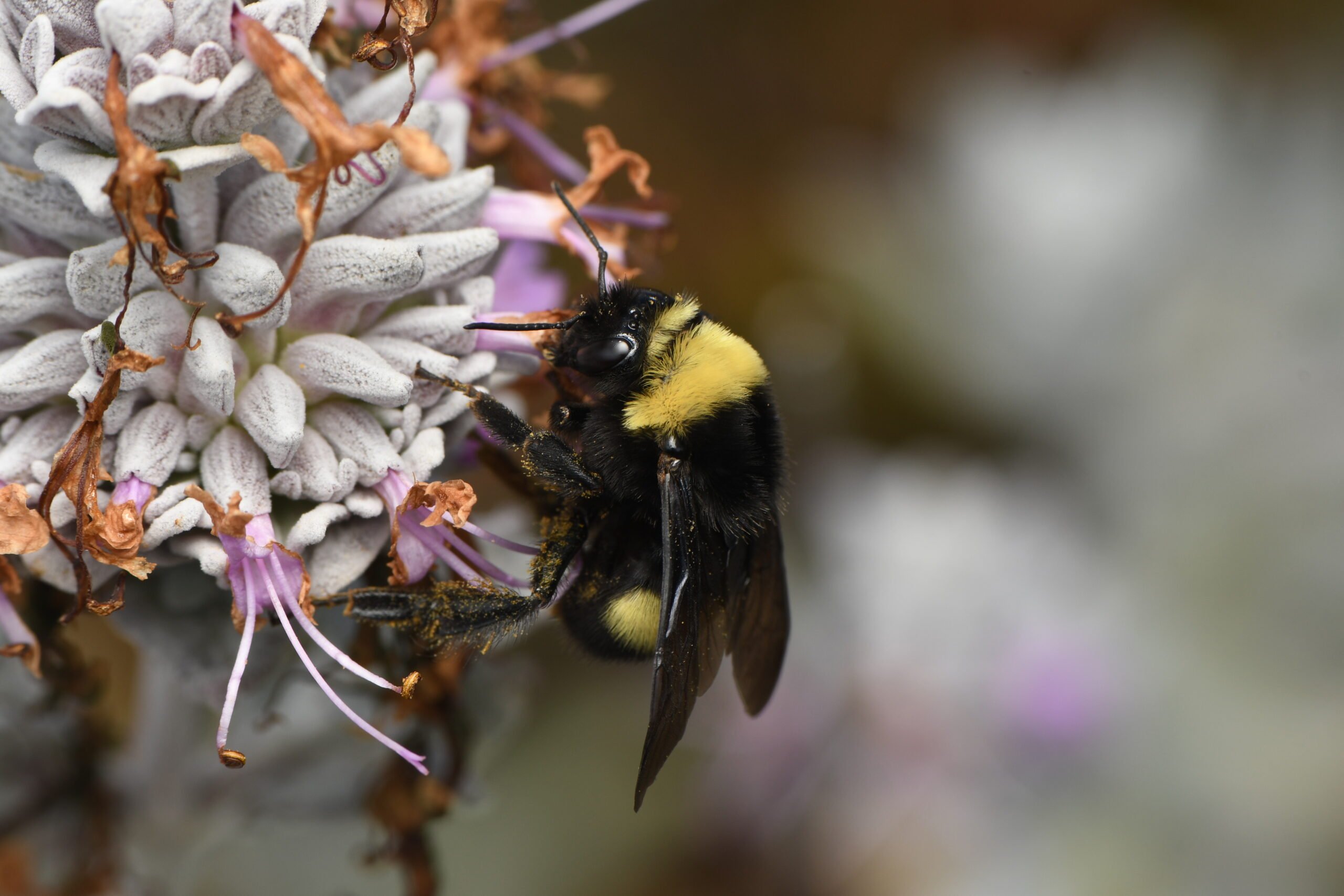
Native Bees and Your Garden
Winter/Spring 2023 The native bees in and around our gardens face ever-increasing environmental pressures as they carry out their pollination duties. More than a quarter
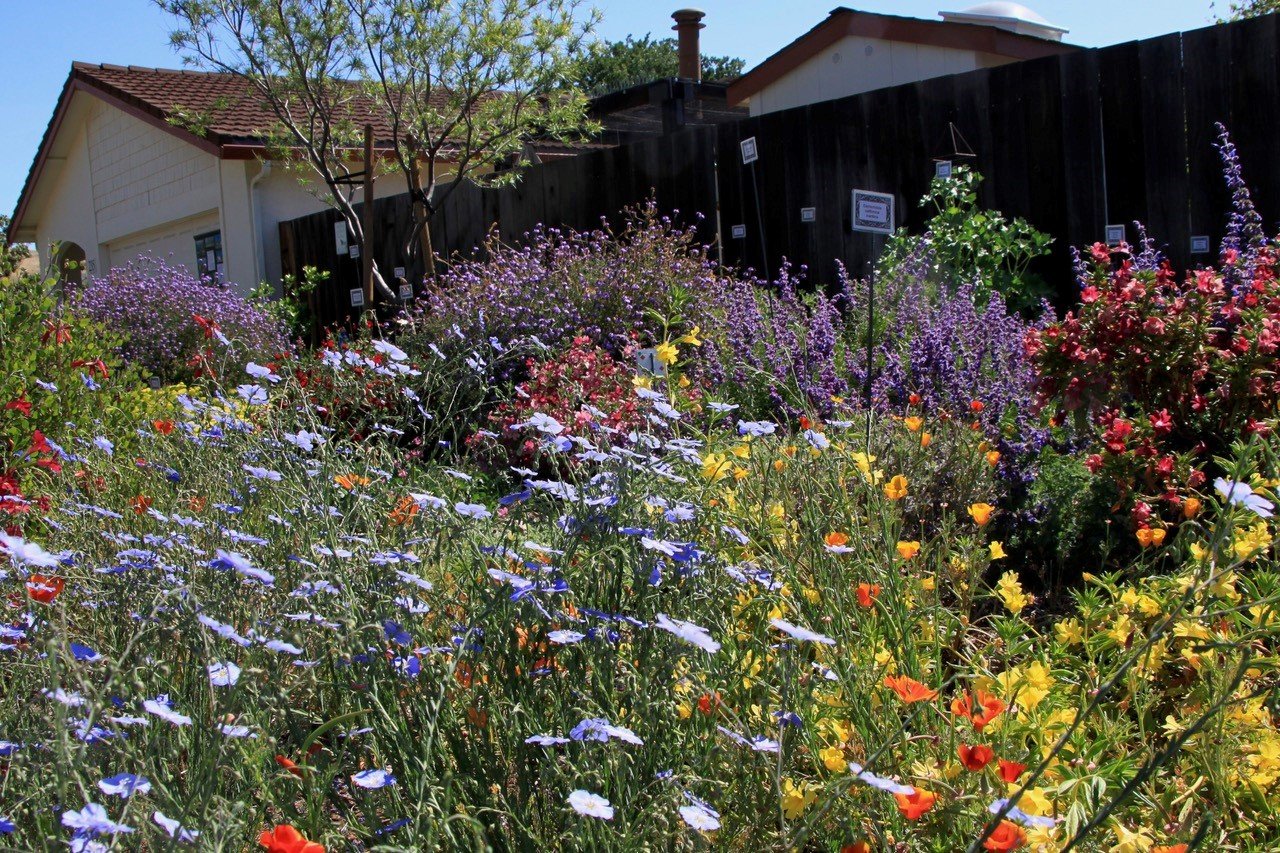
Voices of the West; New Science on Life in the Garden
Did you know that oaks can harbor over 800 species of insects? That includes only those feeding directly on oak, where they feed on every
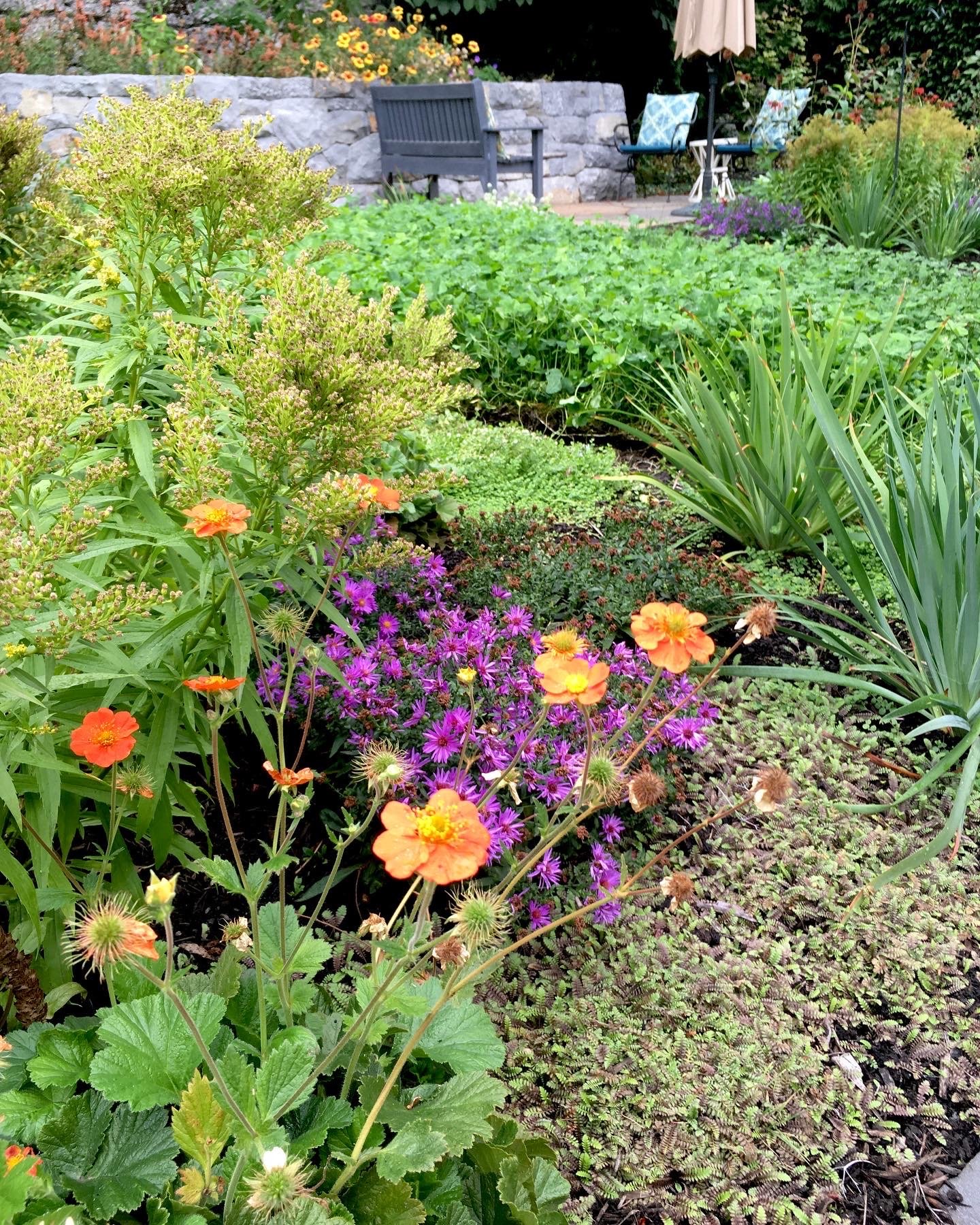
Nature Therapy from the Contemplative Garden
Winter 2022 Women’s hushed morning voices mingled with crashing waves and chattering crows. “The kettle’s still hot.” “Can you pass the honey?” Whoosh, crash, caw,











Responses